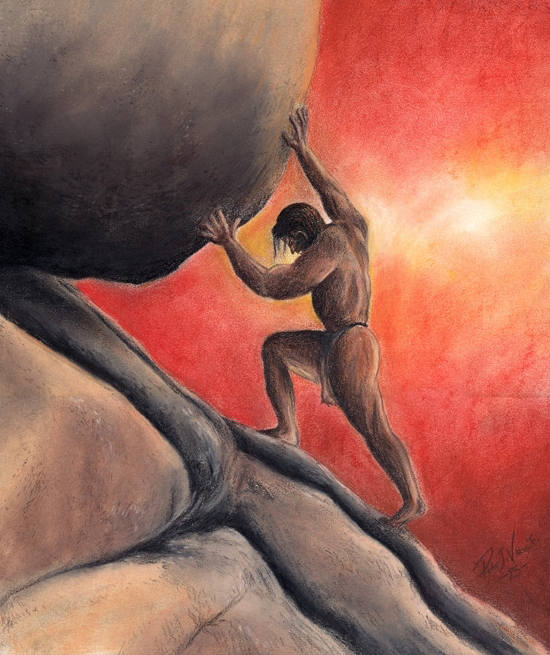It’s been nearly half a lifetime, and most of a head of hair, since I was at an NCSY shabbaton. More than twenty years ago, I started out as an advisor. I loved the kids, the attention, and doing kiruv. I also loved ebbing; the activity that combined slow singing and a moving story as Shabbos ebbed away as well as havdalah. Even as I learned that not all the stories were true, or at the very least, had happened exactly as told, I continued to be moved by the whole experience.
This past Shabbos, for the first time in almost twenty years, I spent Shabbos back in my old region, Central East, as an Israel rep for an Israeli yeshiva. No longer cool, or perhaps, more accurately, even less cool than I’d been back in college, and also no longer someone who is so into many aspects of the world of kiruv, I was still moved by the experience. Rabbi Tzali Freedman, is still the Regional Director due to the fact that he still has “it” and the strong convictions that help a person change lives. As much as my cynical side has only grown since my NCSY days, as twenty of us sat singing “Kah Ribon” to my favorite tune at a Friday night staff oneg, I was just as moved as I was back in my days as an advisor, and judging from how he looked, so was Tzali.
I’ve moved past the time when I could do kiruv, having developed instead a strong preference for chinuch. I’ve gone from being an advisor to “the only Orthodox teen in Charleston, West Virginia”, to her friend (she even happened to be in Cleveland this past Shabbos). I struggle to make my emunah feel real in a way that I did not back then. Despite all of these changes, when I sing and sway along to havdalah, I immediately enter a world where things seems more simple, true and real. Even as I wonder about my dreams and whether some will ever come true, I continue to enjoy watching high school students, on the verge of becoming adults, thinking about their dreams and fleshing them out. While it might be true that you can never go back to the past, it was good to revisit it. While I was hardly the target audience of the shabbaton, I was certainly brought closer by the experience.









